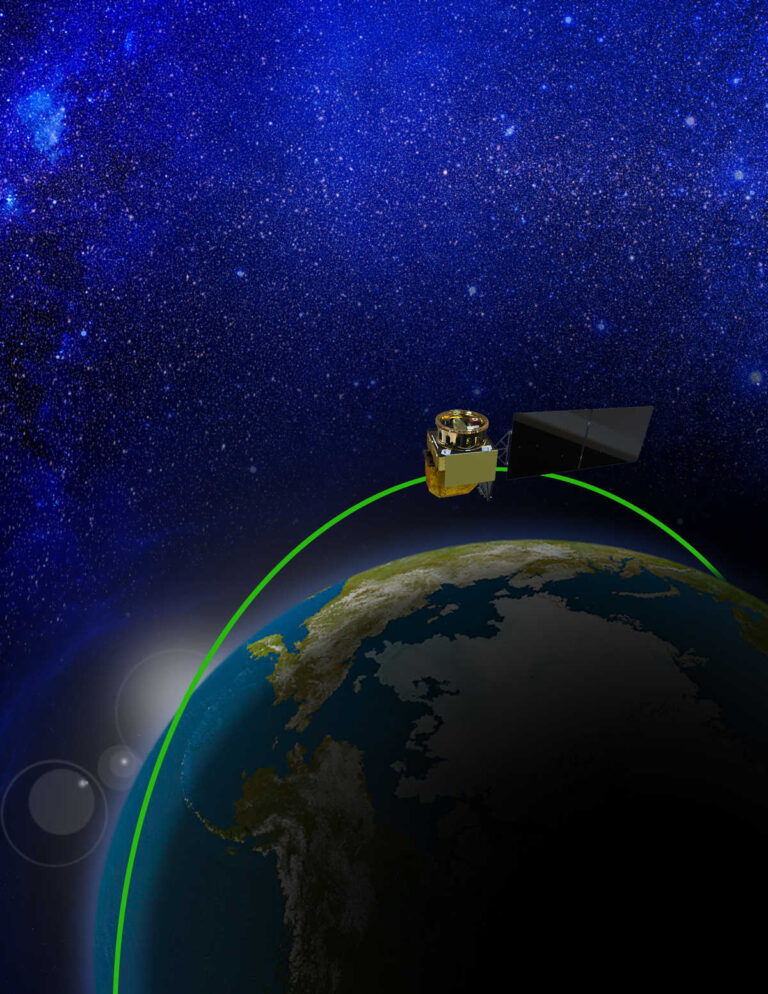NASA and NOAA have selected Southwest Research Institute (SwRI) to develop QuickSounder, the first in a new generation of NOAA low-Earth orbit environmental satellites. Under the US$54m contract, SwRI will design and build the satellite and operate it for three years.
QuickSounder will start NOAA’s Near Earth Orbit Network (NEON) program. NEON is a collaborative mission between NASA and NOAA – NASA will manage the development and launch of the satellites for NOAA, which will operate them and deliver data to users worldwide. NEON satellites are expected to provide critical data to support weather forecasting, climate monitoring and environmental observation.
As a pathfinder mission and NOAA’s first environmental smallsat, QuickSounder will serve as a prototype for its next generation of environmental satellites. While environmental satellites usually take 10 years or longer to develop and launch, QuickSounder is expected to launch in mid-2026 – less than 27 months after the award. Improved development timelines are expected to provide NOAA with the opportunity to fly newer, more advanced technology instruments in the future.
Michael McLelland, vice president of SwRI’s Space Systems Division, said, “Our team is very excited to play such an important role in working with NOAA to develop their next-generation satellite architecture.”
QuickSounder will carry NOAA’s Advanced Technology Microwave Sounder (ATMS) instrument, which provides information about the physical properties of Earth’s atmosphere – such as temperature and moisture – that heavily influence weather patterns. QuickSounder delivers 95% of collected data within 30 minutes. This improvement in data latency is expected to improve NOAA’s weather forecasting ability.
After SwRI has built QuickSounder and integrated the ATMS instrument, the institute will perform environmental testing (thermal vacuum, vibration and acoustic) on the completed spacecraft to ensure that it will survive the launch and space environments. The satellite will be 2.6ft (80cm) wide and 3.7ft (114cm) long and weigh about 465lb (211kg), including the xenon propellant used by its small electric propulsion thruster.
SwRI will deliver QuickSounder to the launch site when it’s completed in 2026, perform launch vehicle integration, support the launch and then will check out and operate the satellite from the Institute’s Mission Operations Center in Boulder, Colorado, until 2029.
All design, fabrication and testing processes will occur within SwRI’s 74,000ft2 Space System Integration Facility at its San Antonio headquarters. The facility has been configured to rapidly respond to commercial and government spacecraft needs, particularly small satellites targeted at emerging “new space” applications.
For more key satellite updates from the meteorological technology industry, click here.



